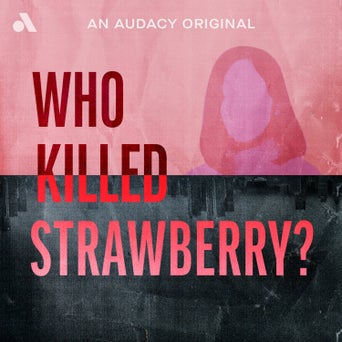Christine Baranski, anyone? ‘The Official Gilded Age Podcast’ is HBO’s companion series to the TV show

HBO’s drama series “The Gilded Age” is set in New York’s late 1800s, where new and old money made it rain and fueled social wars. “The Official Gilded Age Podcast” is the companion series to HBO’s show, hosted by The Bowery Boys’ Tom Meyers and Turner Classic Movie’s Alicia Malone. Each week, the hosts will recap the latest “Gilded Age” episode and chat about how the show adapts real people, places, and events as seen on screen. Cast and crew are scheduled to appear on upcoming episodes to explore history and behind-the-scenes details.
We’d recommend starting the series from episode one for historical context on the nouveau riche, “knickerbockers,” uptown vs. downtown, and more, especially if you’re up-to-speed with watching the series. On the podcast, the hosts delve into New York’s portrayal in the 1800s, and the season opens in 1882.
In episode one, we met the railroad magnate George Russell and his wife, Bertha. They settled across the street from the wealthy and widowed Agnes Van Rhijn. She’s a socialite who despises when newly wealthy people enter high society’s circles and shares this detail with her son, Oscar. Agnes lives with her niece, who was left penniless after her father’s death.
“The Gilded Age” creator, writer, and producer Lord Julian Fellowes stopped by the podcast’s first episode. Christine Baranski unpacked the show’s vision and what it’s like to play the intimidating Agnes Van Rhijn. Fellowes also created Downton Abbey, and fans of the show will recognize the characters’ similarities in social views, old vs. new world dynamics, and interactions.
We learned the origin of the words “Gilded Age” in the first episode of “The Official Gilded Age Podcast.” The term comes from Mark Twain and Charles Dudley Warner’s 1873 novel, The Gilded Age: A Tale of Today, a satire of greed and corruption.
The period we call “The Gilded Age” started in the 1860s, in the years after the Civil War, and ended around the turn of the century. It was followed by the Progressive Era. Aside from major money being made by a small percentage of folks, there was a lot of unrest, terrible working conditions, and two financial depressions in the 1870s and 1890s.
Meyers explains that gilding is a technique, layering gold paint over another substance to make it look like real gold. The hosts said gilding was all over the townhouses and mansions that they visited later this season, and it’s also visible in Mrs. Russell’s ballroom.
The hosts will delve into “The Gilded Age” themes including power struggles in high society and changes happening in the city. At this time, the city saw advances in transportation, technology, and architecture styles. Episodes will take listeners inside mansions, give listeners a seat at a dinner party’s table serving delicious food, and more.
For the ultimate companion listen for “The Gilded Age” all season, listen to new episodes of “The Official Gilded Age Podcast” wherever you listen to your favorite shows.






